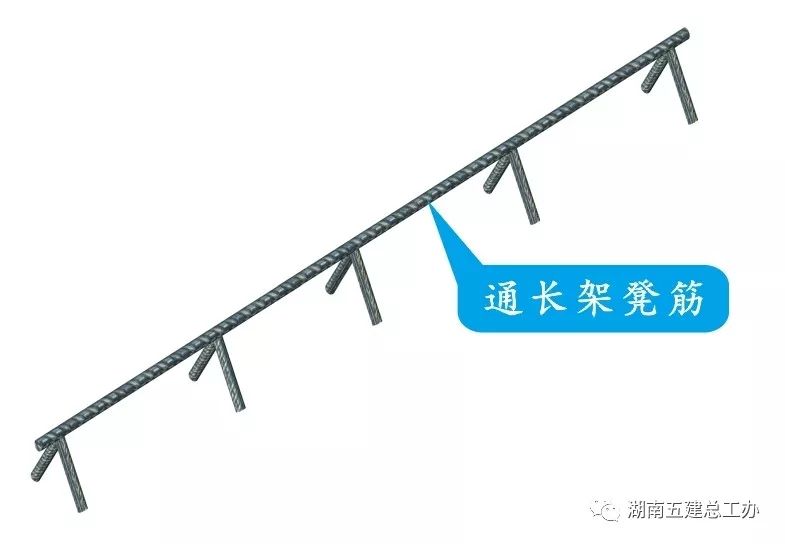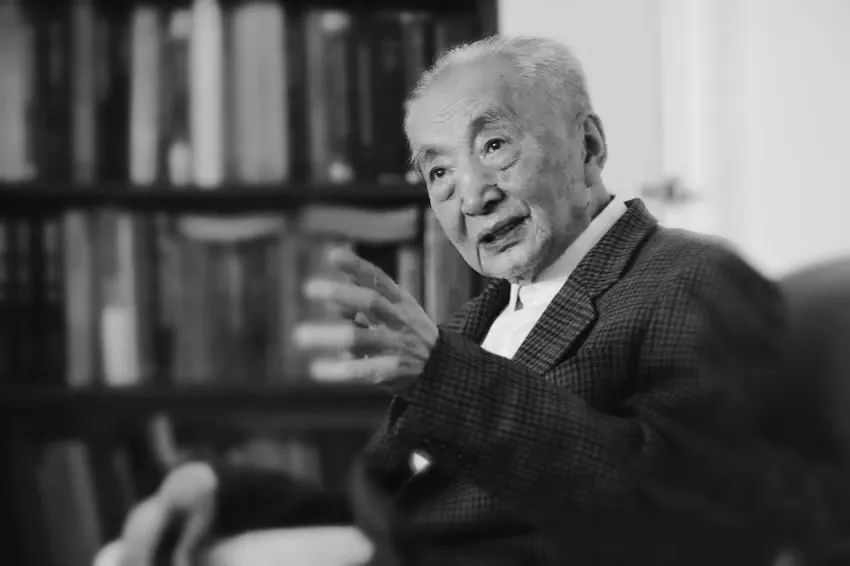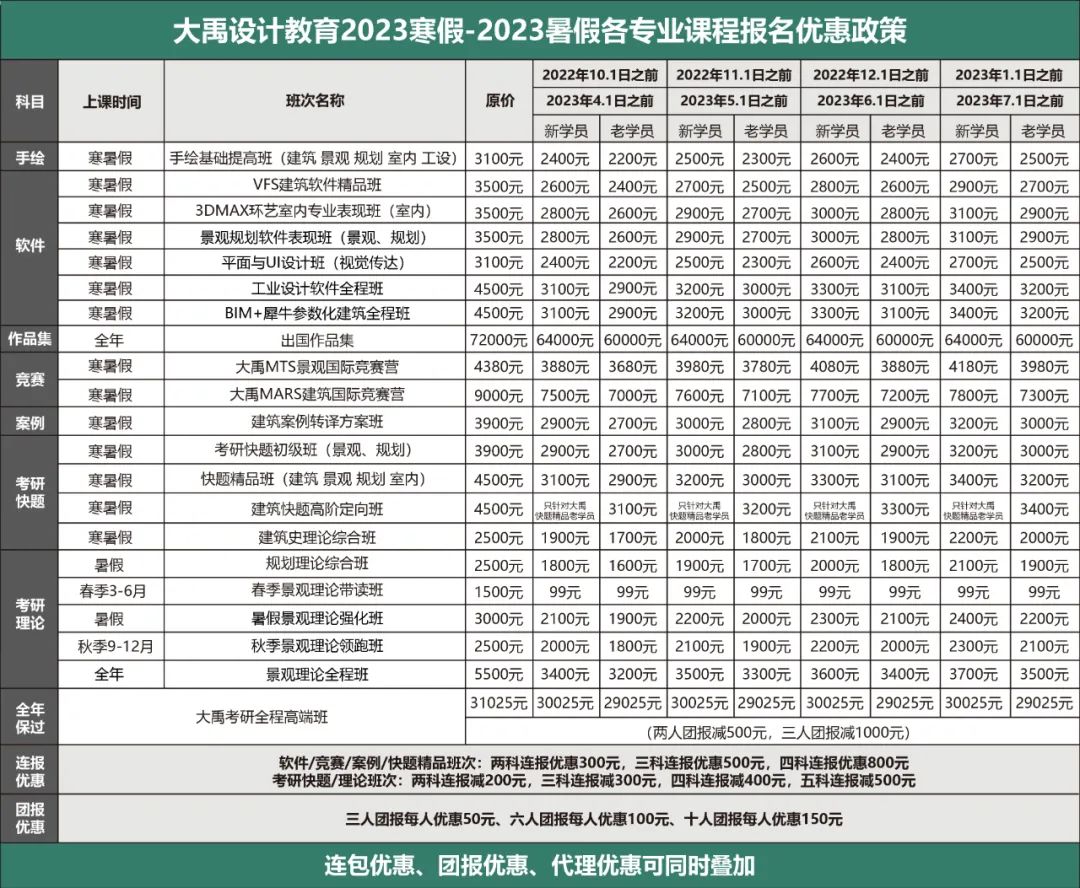Koyori is a Japanese architecture firm founded in Kyoto by Nakamura nahoko and Nakamura Masahiko
.
Kyotoxiaoman koyori + atriersalt Japan 2017 “Kyoto Xiaoman” is a Taiwanese teahouse and gallery, which is transformed from a traditional Japanese townhouse built near Kyoto more than 80 years ago
.
The owner’s request is to create a simple and exquisite space so that guests can find the scene and background of Taiwan tea
.
Just as she weaves the background story and origin of tea when serving tea, she hopes that tourists here can not only taste tea, but also explore the taste and smell of tea, mountains and forests, active Alpine animals and plants, the life of reapers and their history
.
With this in mind, we seek a balance between the desired space and the potential of the existing building
.
In order to let tourists feel the growth of tea in the embrace of nature, we choose the materials that present different faces in the changing time, weather and season, and produce flavor with their aging
.
Attention is also paid to scale and detail to maximize their excellent quality
.
In order to respect the way and scale of Machiya, we added the functions of gallery and Taiwan tea salon, and used natural materials, including mud wall and Kyoto Heigu Washi (traditional Japanese paper) to surround the space
.
A barrier door is installed at the opening to adapt to any occasion, time and weather conditions
.
The design of lighting scheme is coordinated with the use of space and the reflection of light entering from the opening
.
This place will become a new cultural center, where Japanese culture emanates from the traditional architecture of Machiya and is integrated with the concept of tea culture in Taiwan
.
The light wooden door is covered with traditional Japanese paper, allowing light to sprinkle into the space gently
.
House in Kawasaki koyori + atelier salt · Japan 2020 · this is a regional restoration and renovation project in Kawasaki, ishishi City, three counties in Japan
.
The urban landscape of the Edo era is still preserved here
.
It is in the main house of a long history groceries wholesaler known to ishishi people
.
The construction of the main houses that needed to be restored and renovated was first built in 1929
.
The gables, roofs and exterior details largely reflect Kawasaki’s characteristics
.
The client is a family of four, including two babies
.
We are required to transform the interior of the building according to the current lifestyle and interior design, so that children can grow up without pressure, and at the same time respect the structure of the existing historical buildings, and preserve them for future generations
.
Our plan is to maintain the existing appearance of the building and reuse the material as much as possible, as it is a landmark structure in the area
.
In order to keep as many Japanese style rooms and guest rooms as possible, we decided to restore the damaged parts such as plaster and unnecessary modification to their original appearance
.
Kitchen dining room, bedroom and shower area are arranged to combine Japanese style rooms with guest rooms
.
The living room, Japanese style room and living room are gently combined by screens (lattice frame composed of translucent thin plates)
.
This can prevent people from moving in the building and causing congestion, and make every room can be used equally
.
As time goes on, the design and arrangement of each space will send out different expressions, and the old and new designs will gradually merge together
.
While paying homage to 90 years of history and landscape, we consider integrating contemporary lifestyle into the design to link history and future with children’s growth in a natural way
.
House in nakagyo02 koyori · Japan 2020 · this project is designed for my own home
.
This is a 40 year old multi family house, built of reinforced concrete, in the center of Kyoto, covering an area of 90 square meters
.
My partner and I are both working and currently have four children, from infants to primary school students
.
Besides sleeping, our family only spend five hours together every day
.
I want to be comfortable at home for a while – with growing children, putting them to bed with my partner, or just doing the housework or the rest of the work
.
At the center of the house is the island kitchen, which occupies most of the room
.
It’s time for all of us from home to bed, doing our homework in the restaurant, playing next to it, and so on
.
I’ve arranged the layout, size and layout of the house so that we can watch the children while we cook and clean
.
The windows use a frosted glass to fully separate the private area from the external public, while allowing enough light to enter the house
.
The materials used in the house can age and change as our children grow up, traditional construction methods and natural materials, Japanese paper and handmade and gypsum decoration
.
This design allows us to live in a house as if we were surrounded by a house
.
Living in an era of new coronavirus, time at home has become the focus of attention
.
As a Residential Designer, we are looking for our own way of life
.
We believe that by reviewing family structure, lifestyle, arrangements, material perception and priorities, we can dig deeper into the true meaning of housing design
.
Aswellstorekoyori + ateriersalt, Japan, 2019
.
This is a selection of aswell shops and cafes on the first floor of a retro reinforced concrete apartment building in Otsu, Shiga Prefecture
.
By removing the aluminum window frames of the previous stores, which are not suitable in the relaxed concrete building, it implies the passage of time
.
We make the building return to its original expression through a simple combination, only a large opening of wooden accessories
.
The interior is bare, showing the appearance and memory of the building when it was built
.
We use a simple composition to form a soft contrast with similar expressions of reinforced concrete floors, ceilings and columns, as well as newly installed mortar counters and fixtures
.
We also combine copper, steel, wood and other materials, use them in different places, gradually change their expression, connect the whole, and form a ritual space
.
Visitors will also be able to feel the expectation and beauty, giving people a developing “now” feeling
.
–
.




